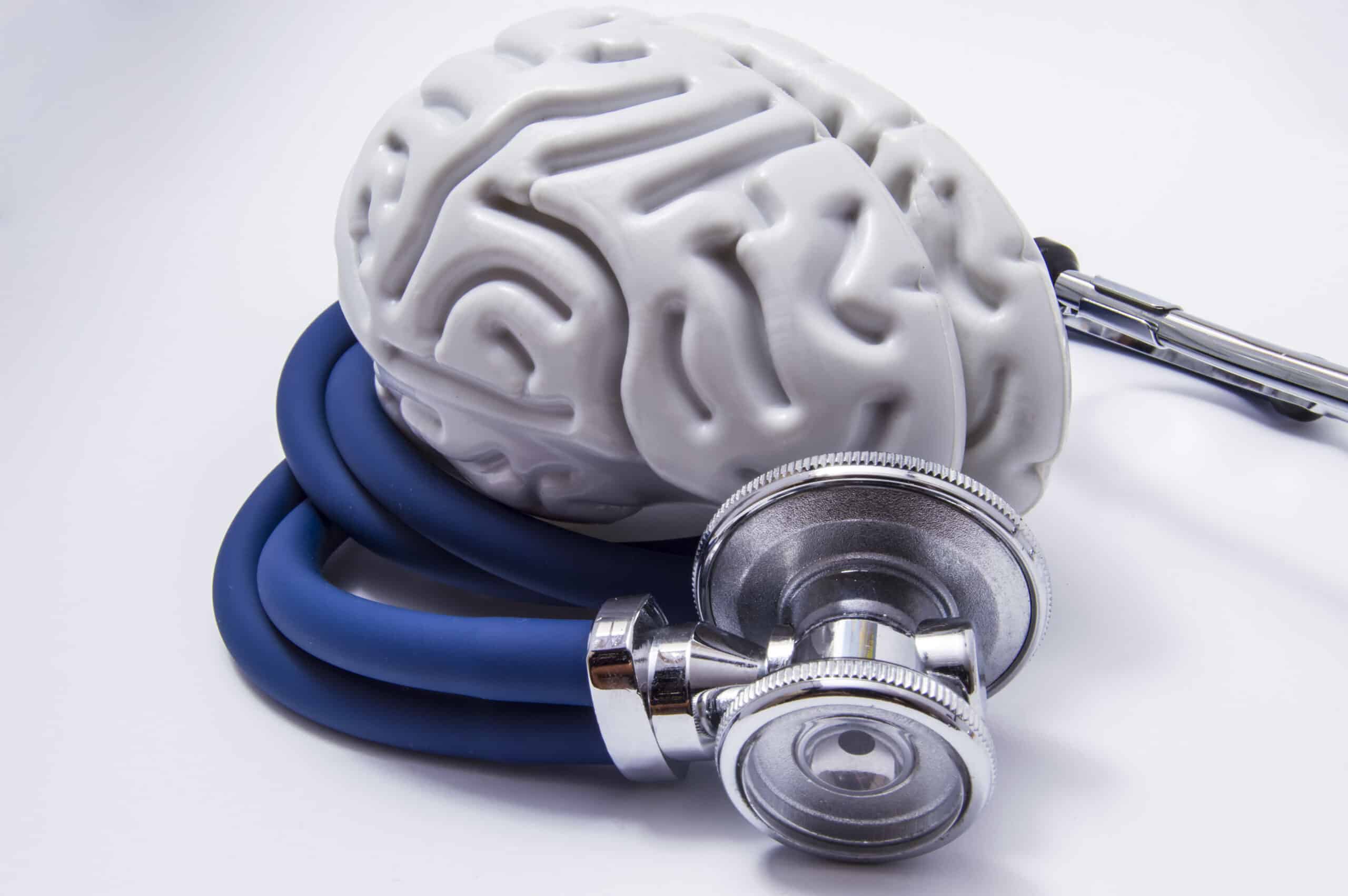What Dual Diagnosis Is
Mental health in America is arguably worsening by the minute. In July 2022, officials launched the 9-8-8 hotline for people experiencing a mental health crisis. This was a joint effort between the U.S. Department of Health and Human Services (HHS), the Substance Abuse and Mental Health Services Administration (SAMHSA), and the U.S. Department of Veterans Affairs (VA). There’s a bittersweet aspect to this new public service, which has seen the Biden Administration invest more than $400 million invested in it thus far.
On the one hand, it boasts almost a 90% success rate, according to the CEO of the National Council for Mental Wellbeing, meaning that 90% of callers get what they need. However, how mental health has gotten so bad that it merits a hotline and widespread funding is a bitter reality that we cannot afford to ignore and not answer.
While we might not be able to explain away all the reasons for the mental health crisis in America, we can explain how it relates to substance abuse disorders and why SAMHSA is involved with the mental health crisis hotline. The answer is dual diagnosis. The main idea behind dual diagnosis is that substance use disorders are often coupled with mental health issues. Whether mental health issues or substance use disorders come first (the old chicken and the egg problem), the reality is that many people experience both of these at the same time, meaning they have a dual diagnosis.
Dual diagnosis can include mental health issues such as post-traumatic stress disorder (PTSD), panic disorders, eating disorders, bipolar disorder, depression disorders, anxiety disorders, and many more. These mental health issues are coupled with substance abuse disorders, and understanding why this is the case is important. Why is it that people can experience various mental health issues when developing an addiction to various drugs, from alcohol, stimulants, and opioids? Although these drugs differ from one another, they share a common feature: each manipulates the body’s central nervous system. Also, since the central nervous system affects so many contributing factors to mental health issues, it’s easy to see why these go hand in hand.
How Dual Diagnosis Is Treated
How to treat dual diagnosis will depend on the various components. An alcohol detox treatment plan can become quite complex because such recovery plans do not look the same for everyone. Though treatment plans follow the same basic formula, medical professionals will investigate what kind of substance abuse people are experiencing, what treatment process is the most promising for their situation, and if mental health issues are involved. If there are, these will be addressed and treated alongside the SUD recovery rather than before or after. This can be done with behavioral therapies and medicines, although the medicines chosen will also be considered alongside what kind of substance abuse people are experiencing.
The Takeaway
The important takeaway here is realizing that dual diagnosis is not an isolated occurrence. Millions of Americans live with dual diagnoses today, and that number will only rise without the necessary professional help of treating people with comprehensive care that deals with substance abuse and the mental health of those wrestling with addiction.




